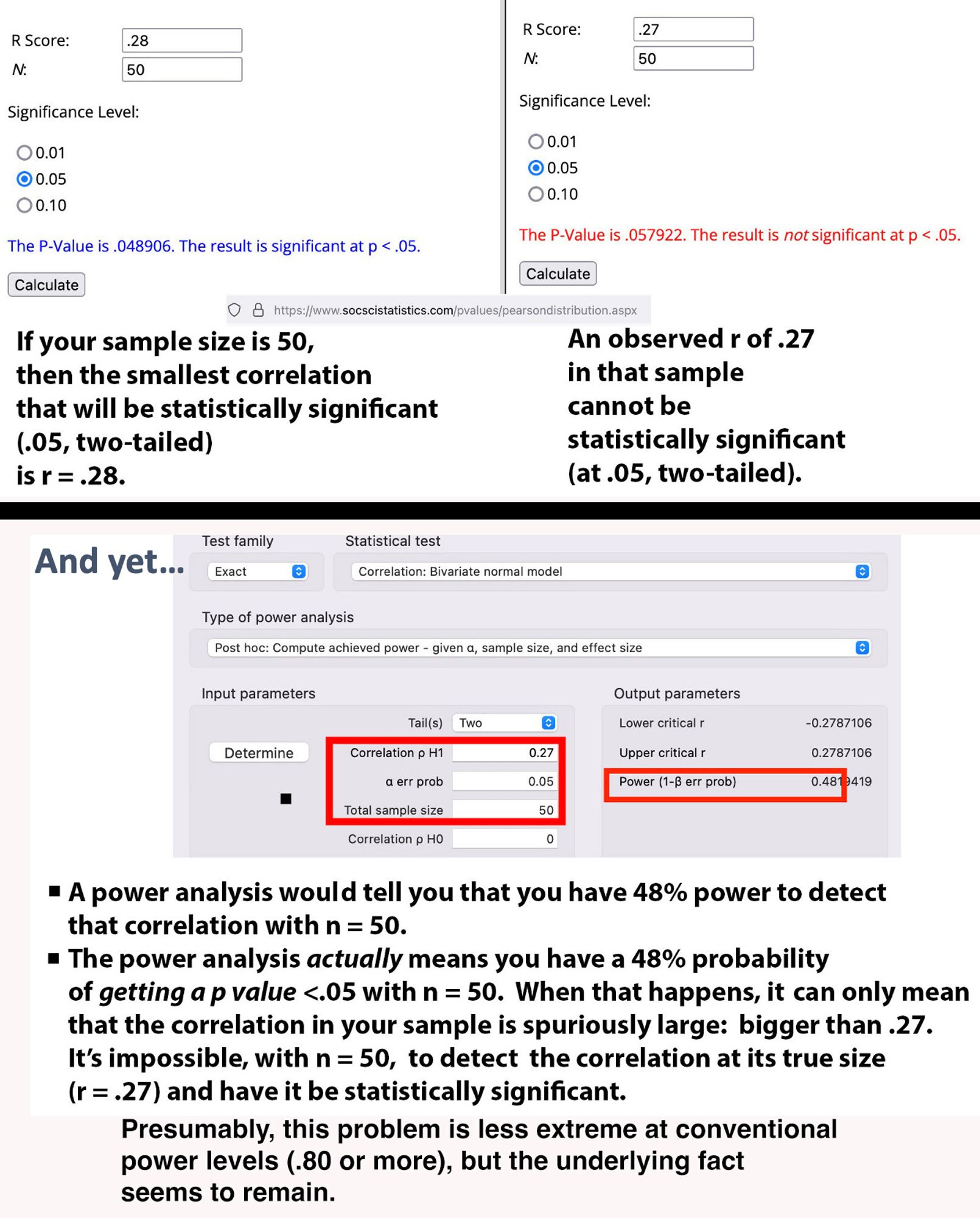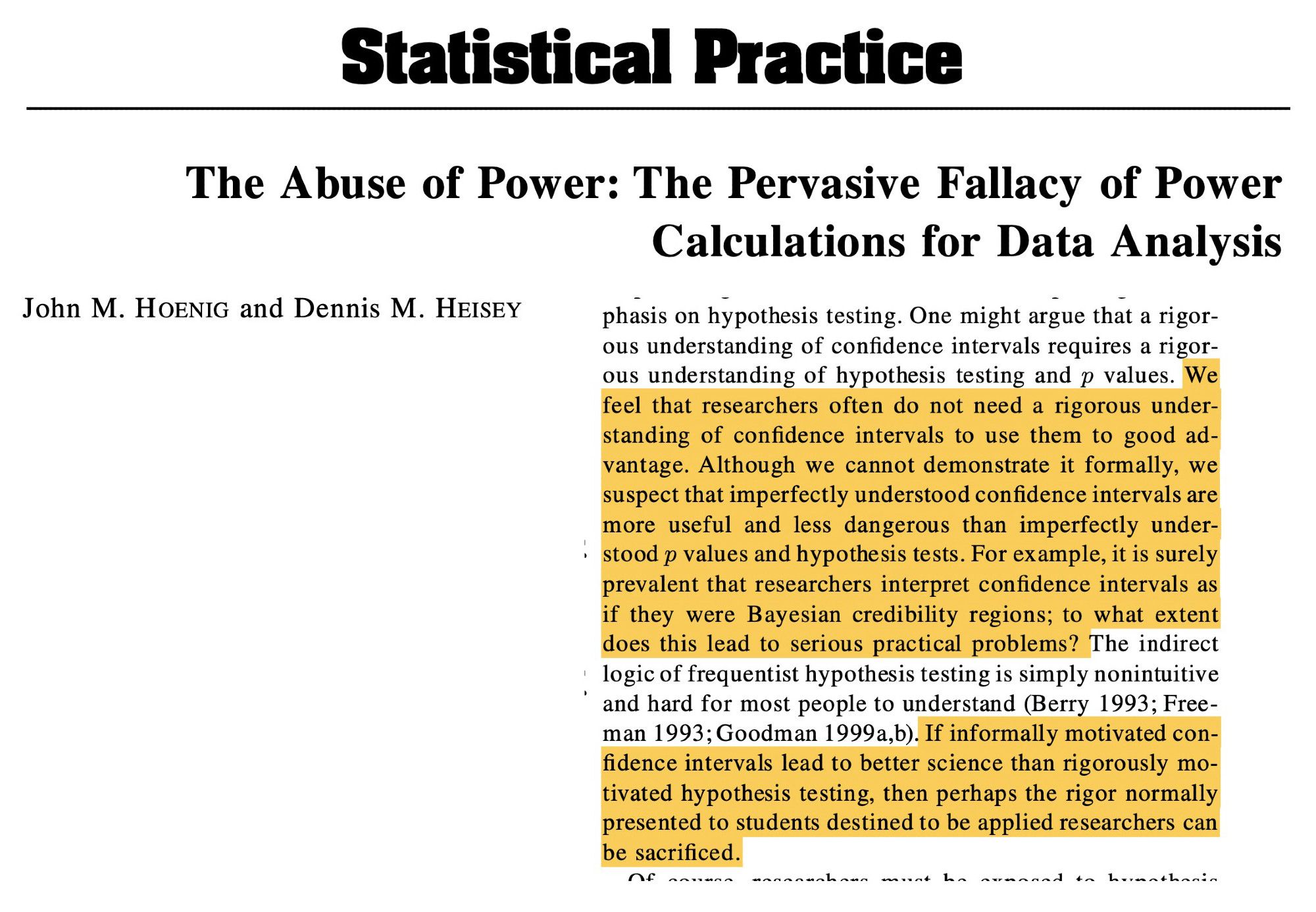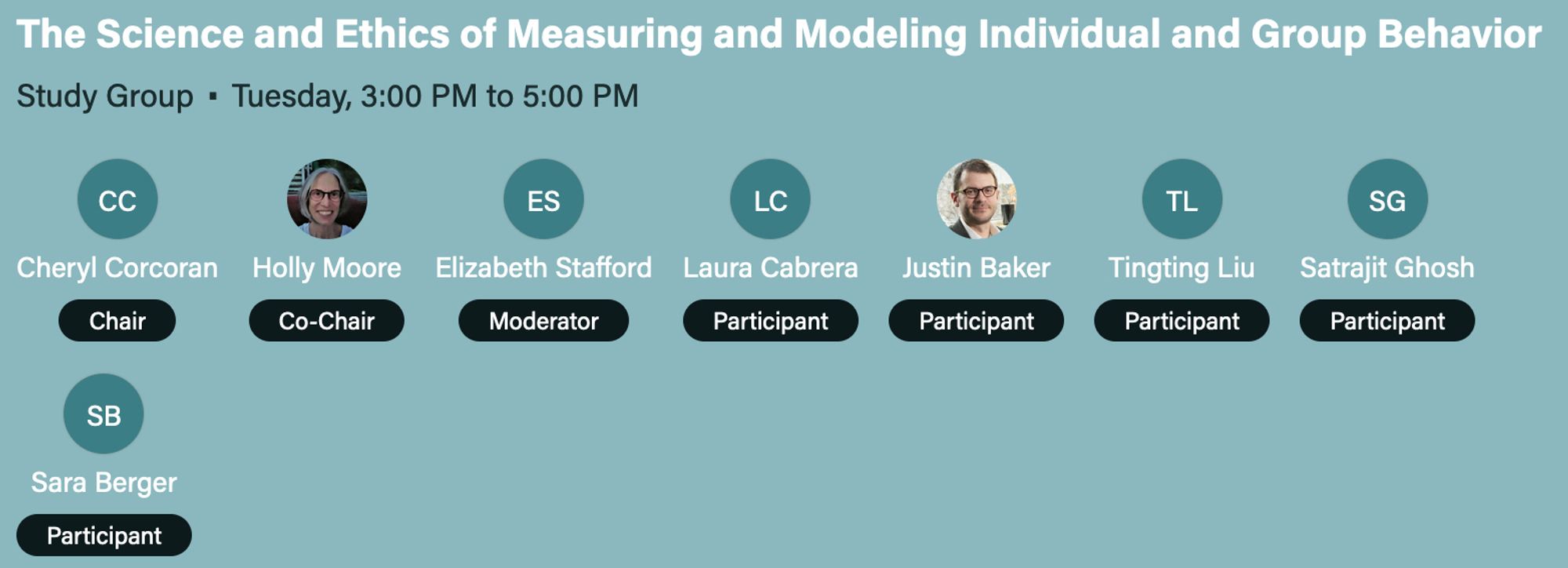I'd been wondering whether the nearness of .48 to .50 in my example had meaning. Thank you!
I kinda startled myself with this little experiment in power calculations. You can have zero ability to find the effect you're looking for, but more than zero "power," all of which reflects your likelihood of overestimating the effect.

I mostly love Mike Flanagan's movies and series, but his 𝘏𝘰𝘶𝘴𝘦 𝘰𝘧 𝘜𝘴𝘩𝘦𝘳 adaptation asserts that opioid analgesia is an essentially illegitimate aim ("there's no such thing as a painkiller"). Ugh.
Exception: Willie & Frankie sketches.
My first-ever Bluesky post is an ask: Do any of you have procedures/advice for giving/coding a TLFB (timeline follow-back) for drugs that aren't alcohol? Especially opioids in the age of fentanyl, with which it's probably harder than ever for people to know the identity or amount of what they got?




